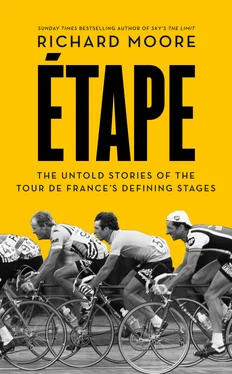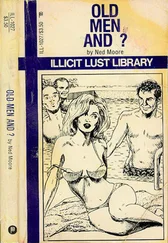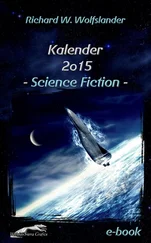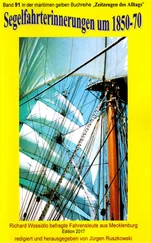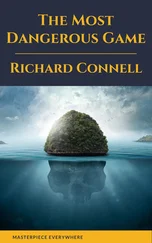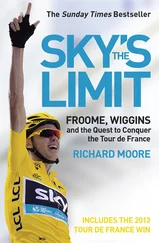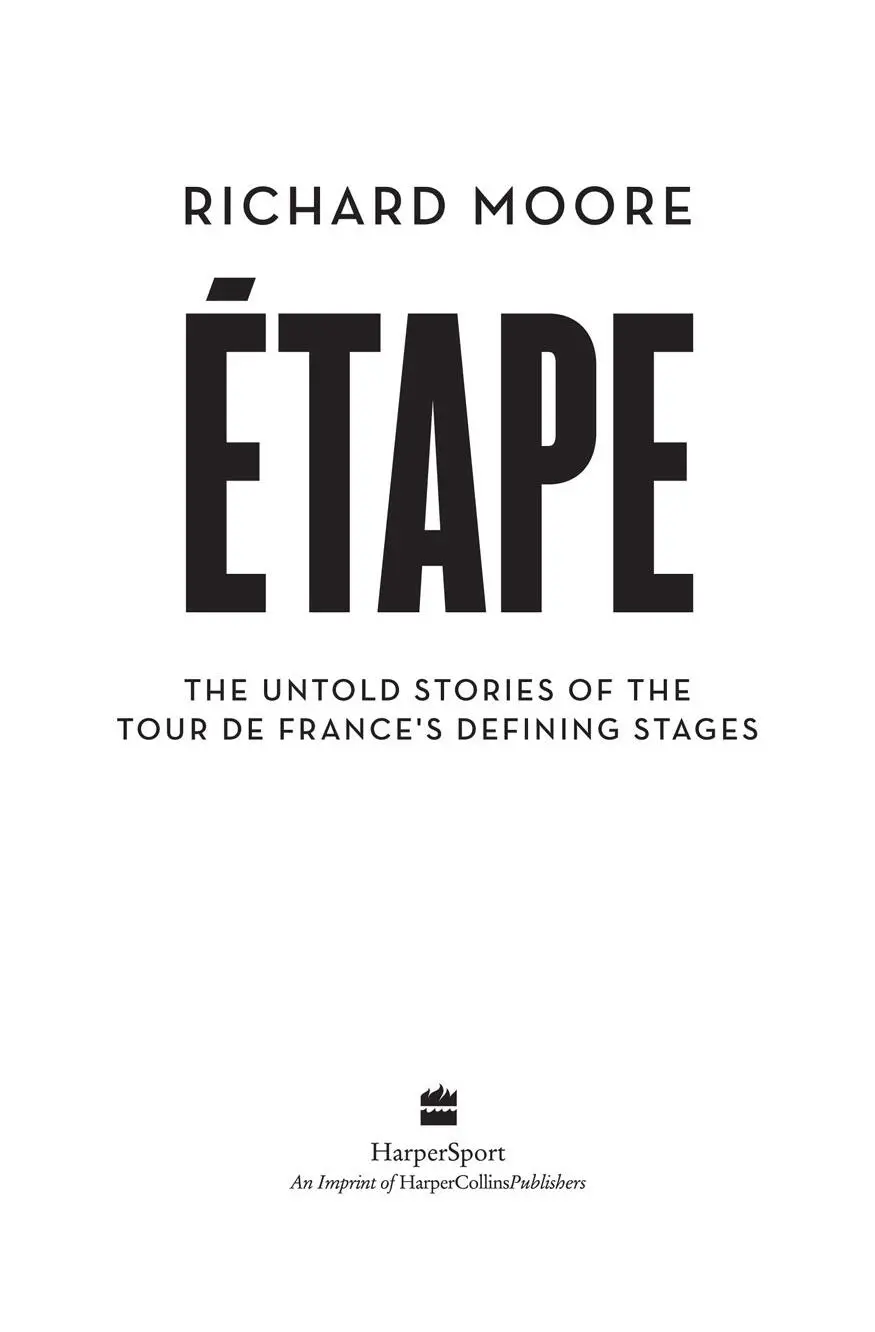
COPYRIGHT
HarperSport
an imprint of HarperCollins Publishers 77–85 Fulham Palace Road, Hammersmith, London W6 8JB
www.harpercollins.co.uk
First published by HarperSport 2014
FIRST EDITION
© Richard Moore 2014
Cover layout design © HarperCollins Publishers Ltd 2014 Cover photograph © Gilbert Uzan/Gamma-Photo via Getty Images
All photographs © AFP/Getty Images, except: Image 2 © REX/John Pierce;
Image 3 © Reuters; Image 4 © Graham Watson; Images 7, 8, 15 © Offside/ L’Equipe ; Image 9 © L’Equipe ; Image 10 © Offside/Pressesports; Image 13 © Christopher Catchpole; Image 14 © Alasdair Fotheringham; Images 17, 20 © Getty Images
A catalogue record of this book is available from the British Library
Richard Moore asserts the moral right to be identified as the author of this work
All rights reserved under International and Pan-American Copyright Conventions. By payment of the required fees, you have been granted the nonexclusive, non-transferable right to access and read the text of this e-book on screen. No part of this text may be reproduced, transmitted, downloaded, decompiled, reverse engineered, or stored in or introduced into any information storage retrieval system, in any form or by any means, whether electronic or mechanical, now known or hereinafter invented, without the express written permission of HarperCollins e-books.
Find out about HarperCollins and the environment at www.harpercollins.co.uk/green
Source ISBN: 9780007500109
Ebook Edition © June 2014 ISBN: 9780007500123
Version: 2014-06-30

Cover
Title Page
Copyright
Introduction
Chapter 1 The Outsider
Chris Boardman, 1994
Chapter 2 Beware of the Badger
Bernard Hinault, 1980
Chapter 3 The Bulldog
Wilfried Nelissen, 1994
Chapter 4 The Sculptor
Joël Pelier, 1989
Chapter 5 The Boy with Fire in His Eyes
Mark Cavendish, 2009
Chapter 6 For Fabio
Lance Armstrong, 1995
Chapter 7 Dutch Cold War
Marc Sergeant, Frans Maassen, 1992
Chapter 8 Trilogy
Eddy Merckx, 1971
Chapter 9 Guerrilla Warfare
Luis Herrera, Bernard Hinault, Laurent Fignon, 1984
Chapter 10 Anarchy
Stephen Roche, Jean-François Bernard, Andy Hampsten, 1987
Chapter 11 The Devil
Claudio Chiappucci, 1992
Chapter 12 Shock and Awe
Bobby Julich, Jörg Jaksche, Marco Pantani, Jan Ullrich, 1998
Chapter 13 What about Zimmy?
Urs Zimmermann, 1991
Chapter 14 The Unknown Warrior
José Luis Viejo, 1976
Chapter 15 Champagne Freddy
Freddy Maertens, 1981
Chapter 16 Honour Among Thieves
Lance Armstrong, Iban Mayo, 2003
Chapter 17 Untold Stories
Mark Cavendish, Bernhard Eisel, David Millar, 2010
Chapter 18 Playstation Cycling
Andy Schleck, 2011
Chapter 19 Redemption
David Millar, 2012
Chapter 20 La Résurrection
Greg LeMond, 1989
List of Searchable Terms
Acknowledgements
Also by Richard Moore ...
About the publisher

Étape is the result of a simple idea: to tell the stories of selected stages of the Tour de France through the recollections of the protagonists. I wanted to capture and convey the mystery, beauty and madness of the great race. But new interviews were key; I didn’t want to recycle already published and in some cases familiar stories. And so I sought out the heroes and villains, the stars, journeymen and one-hit wonders. I spoke to two five-time Tour winners, a three-time winner, a one-time winner, and a former seven-time winner.
On the following pages are the fruits of this labour: a collection of notable stages, some great, some obscure. They encompass extraordinary feats and diabolical deeds, heroism and deceit, farce and tragedy. Each chapter stands alone but they are interconnected since, inevitably, there are characters who reappear. One, Bernard Hinault, even manages to have a crucial influence on a stage, and a Tour, in which he wasn’t riding.
The featured stages are personal favourites, drawn mainly from the Tours I have watched since my first glimpse on television in 1984. But I couldn’t resist others that piqued my interest: a trilogy of remarkable stages involving Eddy Merckx and Luis Ocaña in 1971; a curious win by José Luis Viejo in 1976, which I had read about in an out-of-print cycling book; any one of the sixteen stages won by one of the sport’s most endearing figures, Freddy Maertens, in the course of his bizarre career.
There were mysteries to investigate and myths to debunk – the feud between two team directors that distorted the outcome of a stage in 1992; a rest day disqualification in 1991; the untold stories of the gruppetto ; and some classics: l’Alpe d’Huez in 1984, Paris in 1989, Sestriere in 1992, Les Deux Alpes in 1998.
There are a number of premature deaths – Ocaña, Marco Pantani, Jose María Jiménez, Laurent Fignon – but only one occurred during the Tour. That was Fabio Casartelli in 1995 and I can vividly remember the room and sofa where I sat, and how I felt, when television pictures showed him curled up on the road, a pool of blood forming by his head. One chapter focuses on an emotionally charged stage three days later, won by Casartelli’s team-mate, a young American called Lance Armstrong.
The older Armstrong reappears in a later chapter, from 2003: a stage and a Tour that now have an asterisk against them and a line through the winner’s name. Despite his disgrace, I wanted to include Armstrong, partly because he is difficult to ignore, partly because nobody could argue that some of his Tours (the stage I chose in particular) were not dramatic. I didn’t know if he’d agree to an interview, but when I explained the project by email he responded within minutes: ‘You bet.’ Then I wasn’t sure what he wanted out of it, other than to talk about the 2003 stage to Luz Ardiden as though it was still in the record books; as though it still mattered. ‘Those Tours happened,’ he said, ‘despite what a bunch of dickheads say.’ Of course, you might disagree ...
Mention of Armstrong raises the spectre of doping, which, as Armstrong himself is quick to point out, he did not invent, even if he has done more damage to the sport’s reputation than any other rider. But doping, cheating, skulduggery: for better or worse, all are woven deeply into the fabric of the Tour.
I thought of doping in cycling as I read the American writer Roger Kahn’s book, The Boys of Summer , in which he recalls his early days as a cub reporter in New York. His first job was to cover high school sports at a time when the coaches were striking over pay. Consequently, there was little sport. ‘But if this mess doesn’t get settled, what will there be to write about?’ he asked his editor.
‘As you say, the mess.’
Perhaps in recent years ‘the mess’ of doping has overshadowed the sport to an unhealthy degree. Of course it is an important, dare I say interesting, subject. But there is so much more: the deeply fascinating – often fascinatingly deep – people who make up the peloton; the complexity of road racing, with its teamwork and tactics; the courage and skill of a stage winner, whether a journeyman like Joël Pelier, a winner in 1989 (and now a sculptor), or Mark Cavendish, arguably the greatest sprinter of all time. I hope that the following tales illustrate all of this, and do convey at least some of the mystery, the beauty and the madness.
Читать дальше
